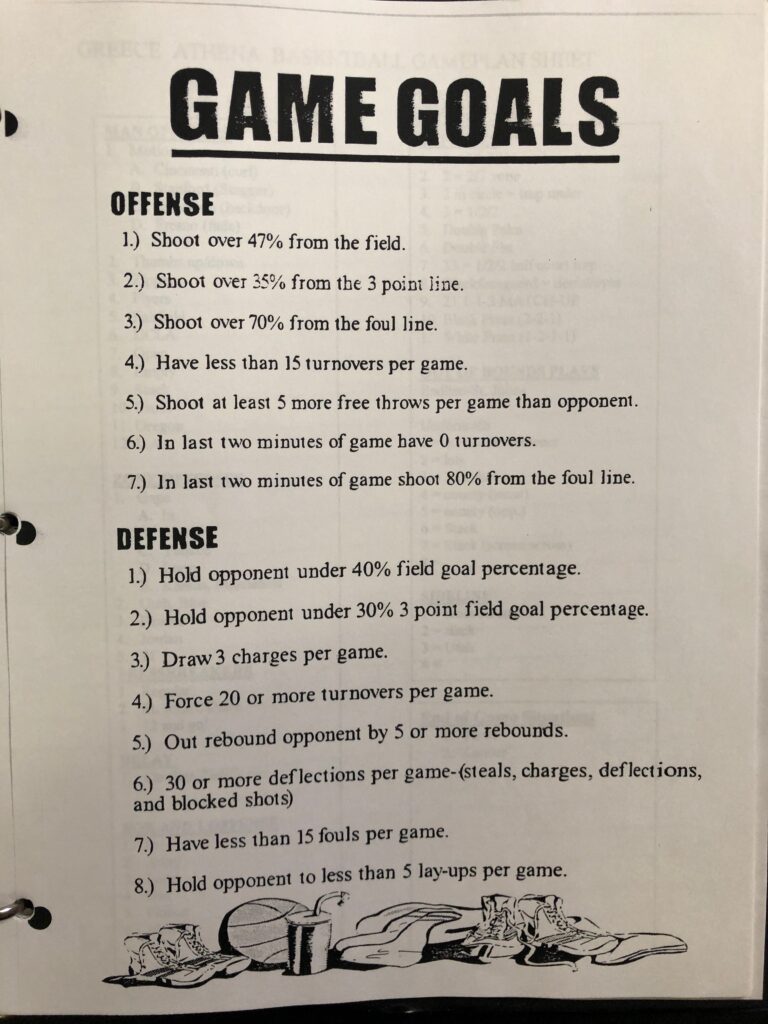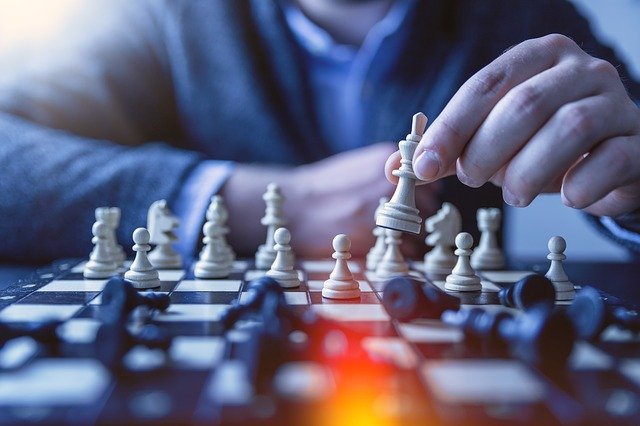What does a successful game plan look like?
Continuing this week with my Coaching Tactics mini-series, I wanted to give you some insight into how I would go about creating a game plan before (and during) games. Do you have a set process as you prepare for your next opponent? How often do you watch film? In the #CJJblog this week I peel back the curtain on how I used to game plan, which was a big part in my coaching success at the High School level. Enjoy.
- Scouting. Game film was (and still is) a big part of a good game plan. Be careful not to overuse it or have your team watch too much of it, because this can lead to overthinking during game play. We would have our coaches review the film first, then highlight the key aspects to the players.
- Opponent. What do they do well? What can you exploit in the upcoming contest? We would highlight three to four of the plays they liked to run, as well as a couple key players, as far as strengths and weaknesses. How well do you know your opponent?
- Plan. When the scouting and assessments are done, it is time to put a game plan in place. Created among the coaches, then rolled out and implemented with the players. We would practice tagging their best shooter, how we were going to defend the scree-and-roll, etc. the day before the game.
- Game day preparation. Our players would use imagery and breathing to mentally prepare for the game. We would also have an hour-long shootaround on gameday, either in the morning before school, or some time earlier in the day if school was not in session. One of our non-negotiables, even for shootarounds, was don’t be late.
- Pre-game. For away games, we would have a team meeting before the bus ride. For home games, we would meet during half-time of the JV game to walkthrough plays and get everyone in the right mindset for the opponent.
- Halftime. I would ask my team two simple questions at halftime: 1) What are we doing well? and 2) What are we not doing well? We would then discuss and make any necessary adjustments (two max). We would also script out the first offensive play we wanted to run to start the second half on the right foot.
- Timeouts. 30-second TO: Stay standing, keep conversation to praising or critiquing, according to our team values (selflessness and effort). Full TO: Players in the game sitting down in front of me, I speak with the coaching staff for a few seconds, then address the players with needed adjustments or affirmations.
- Postgame. Team wraparound where each player was able to speak on: 1) What we did we as a team, and 2) What we should focus on for the next game. I would then address everyone with either praise or criticism with respect to the team values of selflessness and effort. Did we play as a team? Did we put forth our maximum effort today?
Did You Know? Coach Jim Johnson would chart each game according to his “Game Goals” sheet – See below.

Life Tip #35: Use the CANEI formula: Constant and Never-Ending Improvement



